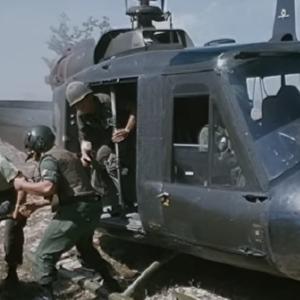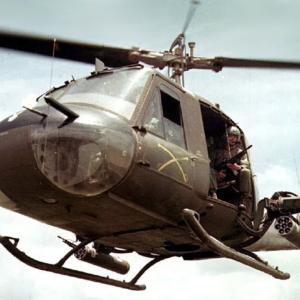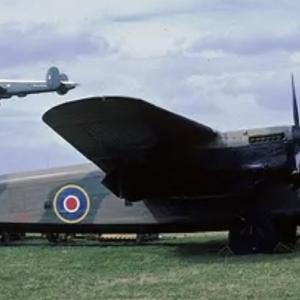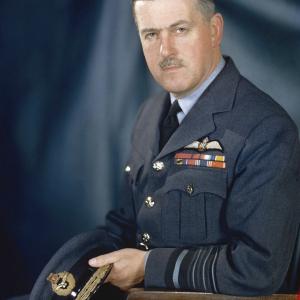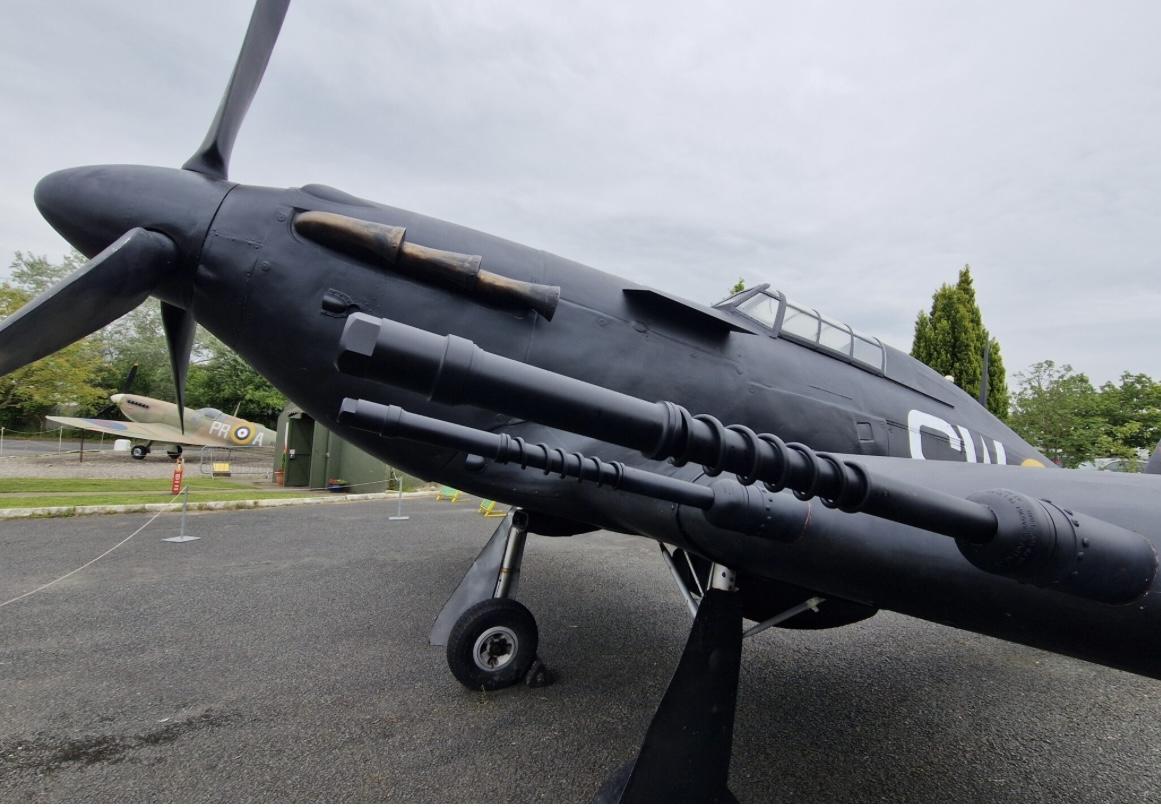
Hurricane night fighter
The Hawker Hurricane was initially conceived as a monoplane interceptor by Sydney Camm, the chief designer at Hawker Aircraft. Development began in the early 1930s as a response to the increasing speed and performance of foreign bombers. Recognizing the obsolescence of biplane fighters, Camm and his team proposed a new design that combined modern monoplane features with the proven construction techniques used in earlier aircraft. The result was the Hurricane, which first flew in November 1935 and entered service with the Royal Air Force (RAF) in late 1937.
Though the Supermarine Spitfire is often more celebrated for its sleek design and high-speed performance, the Hurricane was the more numerous and influential fighter in the early stages of the Second World War. Its simple design made it easier and faster to produce, repair, and modify. As night raids by the German Luftwaffe became more common during the Blitz of 1940–1941, the RAF saw a pressing need to adapt existing fighters for night interception. The Hurricane’s adaptability made it a suitable platform for this role, giving rise to several night fighter variants.
The first night fighter version of the Hurricane was the Mk I (L series), which underwent modifications to equip it for nighttime operations. These modifications included fitting exhaust flame dampers, painting the aircraft in dark night camouflage, and installing early radar systems. This variant laid the groundwork for the later and more capable Hurricane Mk II night fighters. Though it was never designed originally for nocturnal combat, the Hurricane's sturdy frame and maneuverability at low altitudes made it a surprisingly capable night fighter during a crucial period when Britain faced relentless nighttime bombing.
One of the defining features of night fighters was their onboard radar systems, which allowed pilots to detect and intercept enemy aircraft in darkness or poor visibility. The Hurricane night fighters incorporated some of the earliest airborne interception (AI) radar systems developed by the British. The AI Mk IV radar, introduced in late 1940, was among the first practical radar units small and light enough to be mounted in a fighter aircraft. It required a radar operator in a two-seat configuration, but the Hurricane, being a single-seat aircraft, had to rely on ground-controlled interception (GCI) stations to guide it to its targets using external radar stations before the pilot could visually identify and engage.
Despite this limitation, some later Hurricane night fighter variants, particularly the Hurricane Mk IIc, incorporated an experimental radar setup. Instead of a full radar unit with a separate operator, these Hurricanes had simplified radar displays in the cockpit that gave the pilot limited directional information about nearby aircraft. While not as effective as later radar-equipped aircraft like the Bristol Beaufighter or de Havilland Mosquito, this setup gave Hurricane night fighter pilots a fighting chance in the darkened skies over Britain and later over occupied Europe.
The Hurricanes also received flame dampers on their exhaust stacks to reduce the visible signature of engine flames, which would otherwise make the aircraft vulnerable to visual detection during night operations. Instrument lighting was dimmed and adapted for night use, and the cockpit interiors were adjusted to minimize glare that could impair the pilot's night vision.
The Hurricane night fighter variants, especially the Hurricane Mk IIc, featured formidable armament for intercepting bombers and other aircraft at night. The Mk IIc was typically armed with four 20mm Hispano-Suiza cannons mounted in the wings. These were a significant upgrade from the eight .303 inch Browning machine guns found on earlier Mk I versions. The Browning machine guns were mounted four to each wing and had a high rate of fire, which made them particularly effective against lightly armored aircraft. Firing at over 1,150 rounds per minute per gun, and with each gun typically supplied with around 300 to 350 rounds of ammunition, the combined firepower was devastating at close range. The Brownings were harmonized to converge at a preset distance, typically around 250 to 400 yards, concentrating maximum firepower at the point of interception.
In night fighting operations, the early Hurricane Mk I night fighters retained these .303 machine guns, which were still effective against most German bombers such as the Heinkel He 111, Dornier Do 17, and Junkers Ju 88. However, as Luftwaffe aircraft became better armored and tactics evolved, the shift to cannon armament in the Mk IIc became necessary. The combination of fast-firing machine guns and later, powerful cannons allowed the Hurricane to deliver devastating short-range attacks against enemy aircraft during nighttime engagements.
Although primarily deployed in Britain during the Blitz, Hurricane night fighters saw service in other theatres as well. They were used to protect airfields and military installations in the Middle East, North Africa, and later in the Far East. The aircraft was sometimes adapted for intruder missions, in which pilots would fly over enemy airfields at night to attack aircraft taking off or landing, as well as bomb and strafe installations. While the Hurricane was beginning to show its age by 1942, these roles gave it a continued purpose even as newer, more specialized night fighters began to replace it.
During its night fighter tenure, the Hurricane was used by several RAF squadrons including No. 85 Squadron, which played a prominent role in the night defense of Britain. Pilots adapted to the unique challenges of night flying—navigating in darkness, relying on ground radar vectors, and intercepting enemy aircraft based on limited visual cues. While the Hurricane lacked the speed and advanced equipment of later night fighters, it proved to be a reliable stopgap measure in the early war years.
The Hurricane was built primarily by Hawker Aircraft, with major production taking place at Hawker’s Kingston-upon-Thames factory and later at the Gloster Aircraft Company and the Canadian Car and Foundry (CC&F) in Fort William, Ontario. The total production run exceeded 14,000 units, making it one of the most produced British aircraft of the war. The night fighter variants represented only a small portion of this total but played a crucial role during a period when Britain had limited resources and urgently needed night defense capabilities.
The adaptability of the Hurricane platform was a key reason it was selected for conversion into a night fighter. Its metal frame with fabric-covered wings in early versions gave way to fully metal wings in later versions like the Mk IIc, improving durability and ease of mounting heavier armament. Though eclipsed by more advanced aircraft later in the war, the Hurricane’s legacy as a multi-role platform, including as a night fighter, underscores its importance in the RAF’s wartime strategy.
Design and development of the aircraft remained under the supervision of Sydney Camm, whose vision of a fast, rugged, and adaptable monoplane proved prescient. He went on to design the Hawker Typhoon and later the Tempest, both of which would also see use in specialized roles, including low-level interception and ground attack.
Ultimately, while the Hurricane night fighter was a transitional tool in the evolution of aerial warfare, it played an indispensable role during the darkest hours of the Blitz. It bought the RAF valuable time until more capable radar-equipped fighters became available, and in doing so, it earned its place among the unsung heroes of Britain’s air defense.

